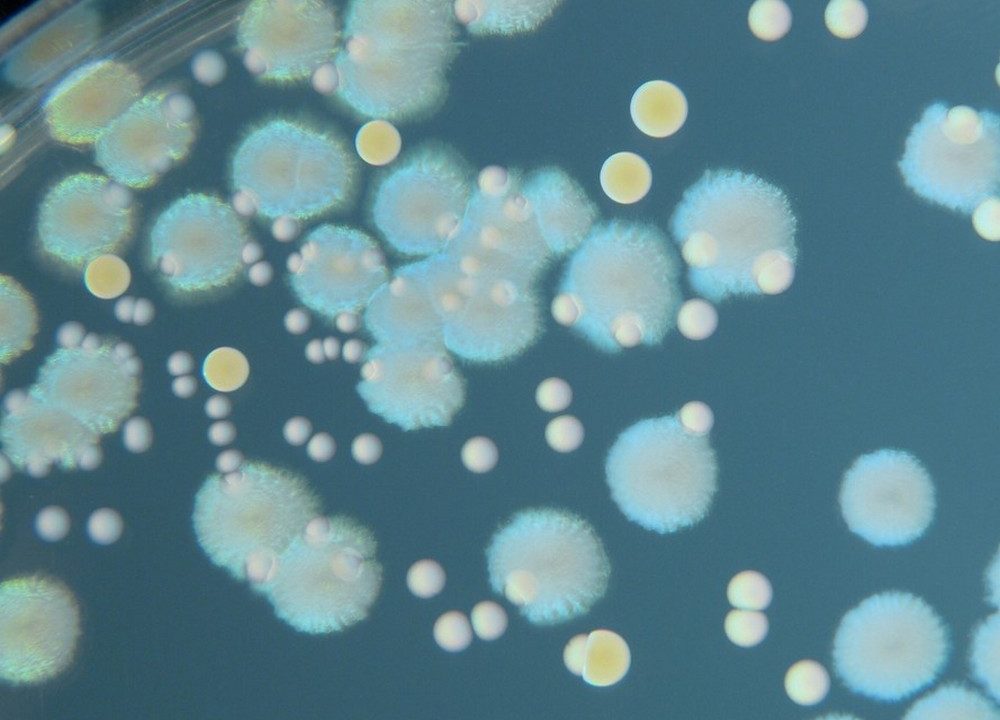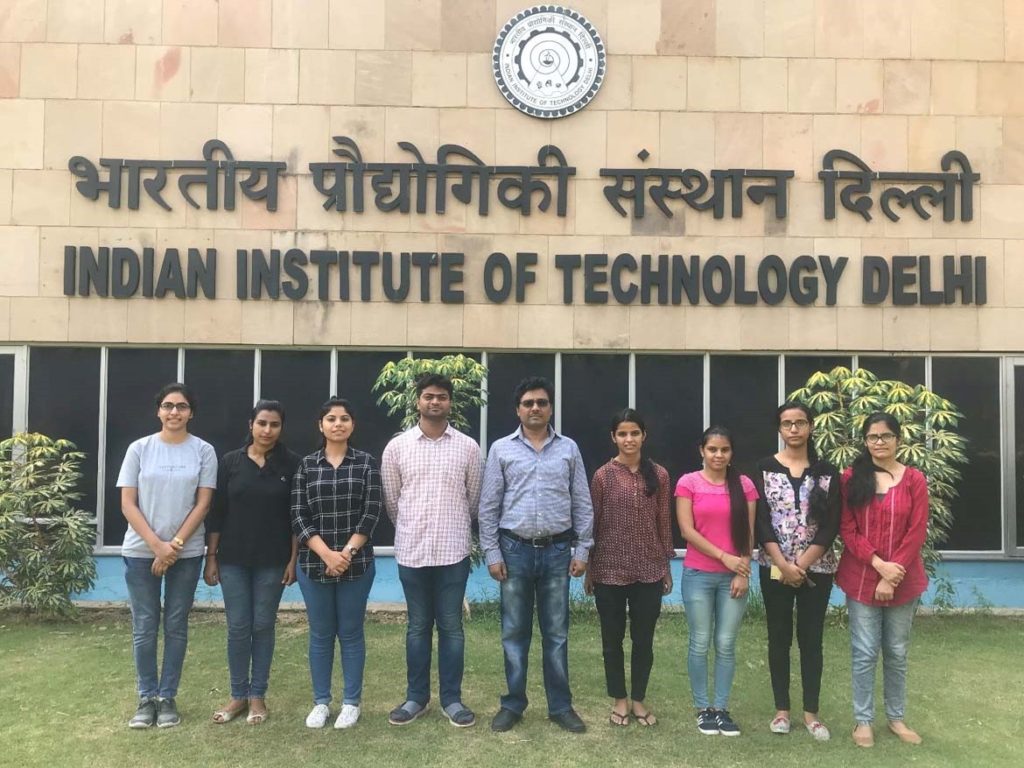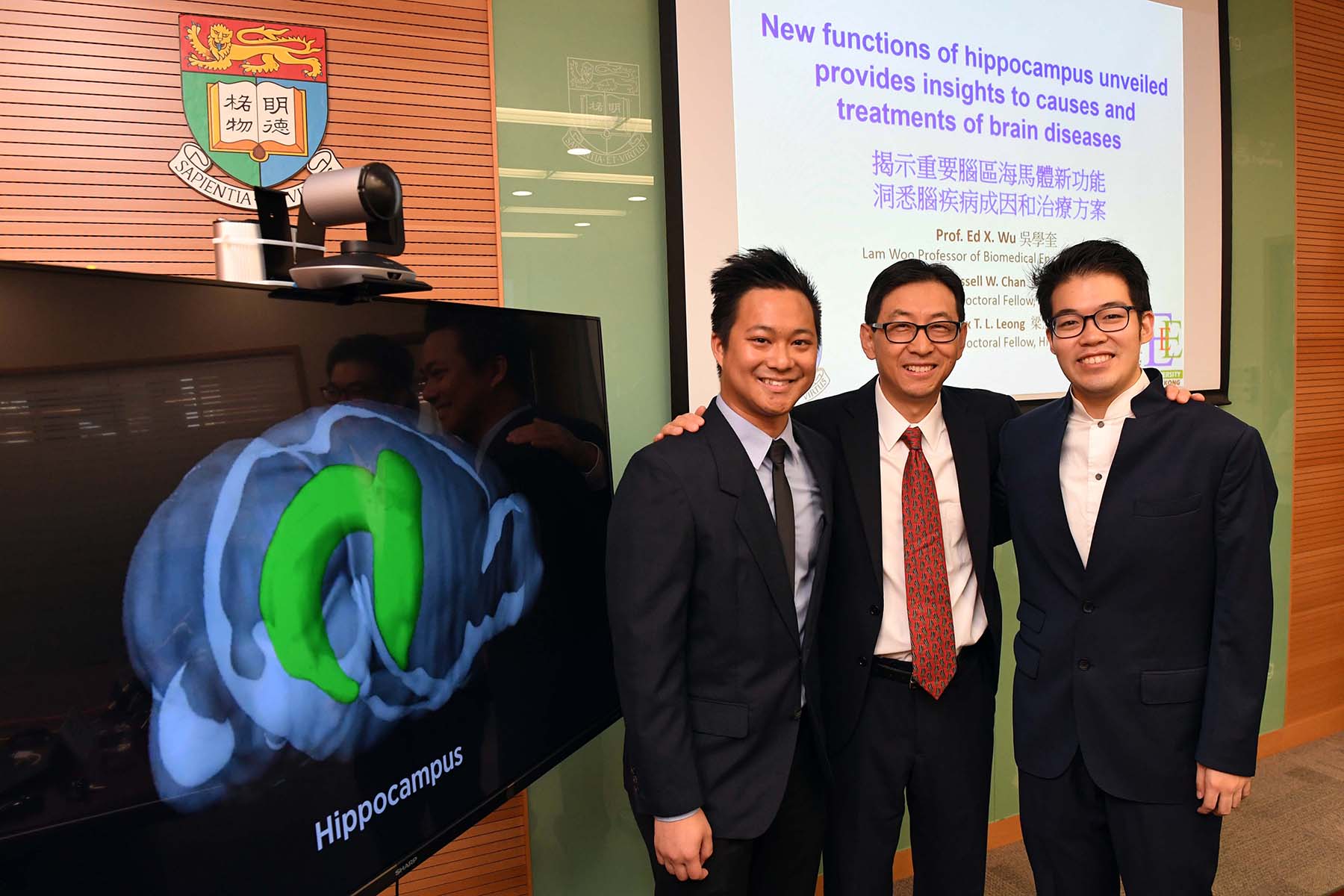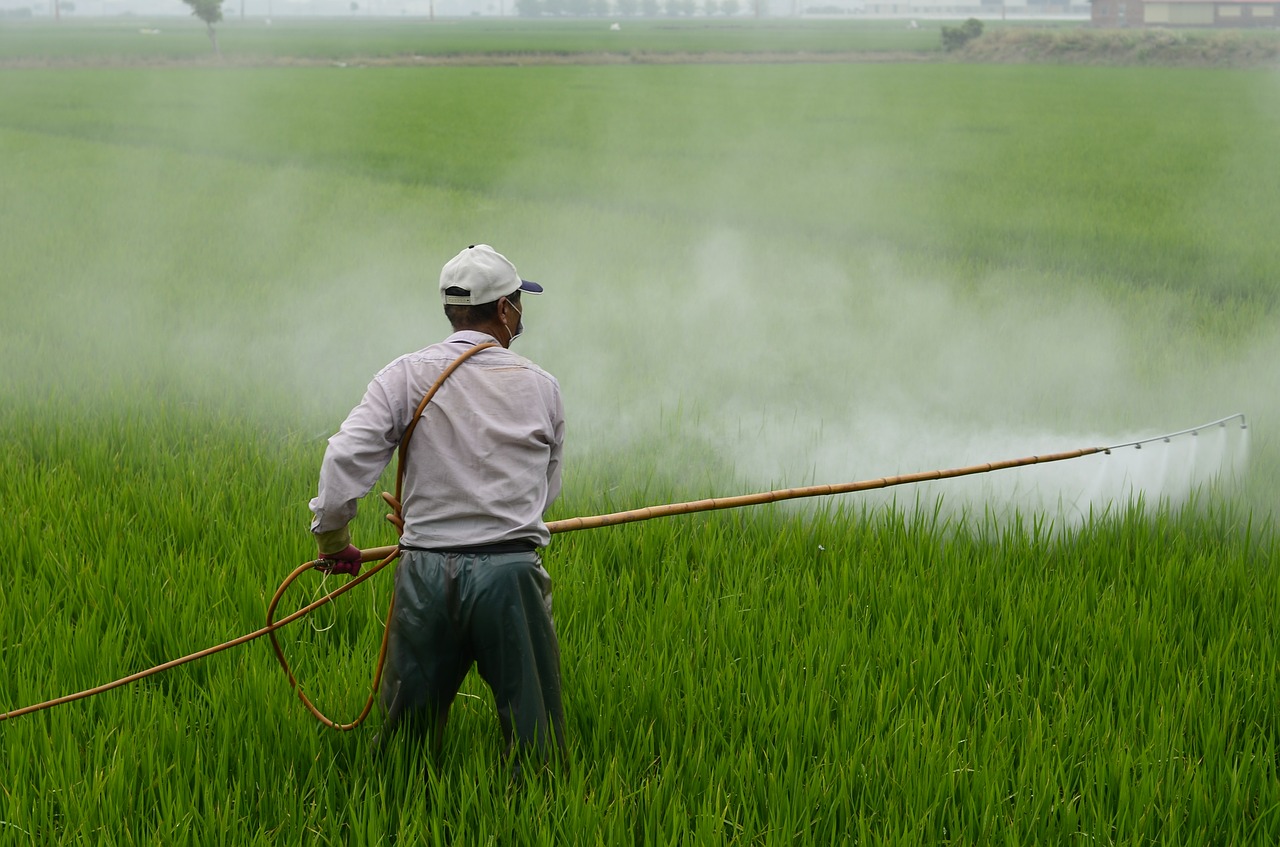
This Biosensor Attached to Your Phone Can Sniff Bacteria
- News
- 2.5K
Smartphones are increasingly finding their way into the health sector. Researchers at Indian Institute of Technology Delhi have developed a biosensor and a mobile app, which together can be used for bacterial detection.

One can fit the biosensor in front of mobile camera and images captured by the camera are sent to the mobile app called “colorimetric detector” developed by the team, for analysis. As live bacterial presence causes the biosensor surface color to change into the black, mobile app measures the relative change in surface color. Once it reaches a set point, the mobile phone vibrates and gives a red signal. This makes detection easy, portable and perhaps cost effective.
Researchers have tested the biosensor with four bacterial strains – Escherichia coli, Pseudomonas aeruginosa, Bacillus subtilis, and Staphylococcus aureus. They also prepared a separate ampicillin antibiotic resistant culture of Escherichia coli for testing. In order to verify results, they used existing methods like fluorescence microscopy and ‘colony forming unit’ counting.
The results showed that the mobile-app based biosensor could distinguish live and dead bacteria within six hours as compared to conventional methods, which take about 16 to 24 hours. This, researchers say, holds potential application in hospitals and clinics for diagnosis of infections and diseases caused by antibiotic-resistant and non-resistant pathogens.
The biosensor relies on hydrogen sulfide gas produced by microorganisms. It is a gaseous signaling molecule that transmits biological signals in the living system. In the heart of the biosensor are silver nanorod sensors that react with hydrogen sulfide to form black colored silver sulfide. The color and water wetting properties of silver nanorods change when exposed to microbes, while dead ones do not do any such thing.
“Observing the visible change in color and water wetting on the sensor array, one can easily distinguish live and dead as well as antibiotic-resistant and normal bacteria,” said Prof. J.P. Singh, who led the research team, while speaking to India Science Wire. The device can be used by anyone and can be helpful in preventing the spread of infectious diseases, he added.
Conventional techniques like standard plate count (SPC) are time-consuming and need trained people. “There are other techniques like UV spectroscopy and flow cytometry, which are relatively easy but need sophisticated instruments and skilled workers. To overcome these issues, a facile technique is critical to prevent antimicrobial resistance infections and diseases,” added Professor Singh.
The research team included Prof J. P. Singh, Shashank Gahlaut, Dr. C. Sharan, Prof. Prashant Mishra and Dr. Neeti Kalyani from Indian Institute of Technology Delhi. The research results have been published in journal Biosensors and Bioelectronics. (India Science Wire)
By Yogesh Sharma
If you liked this article, then please subscribe to our YouTube Channel for the latest Science & Tech news. You can also find us on Twitter & Facebook.


